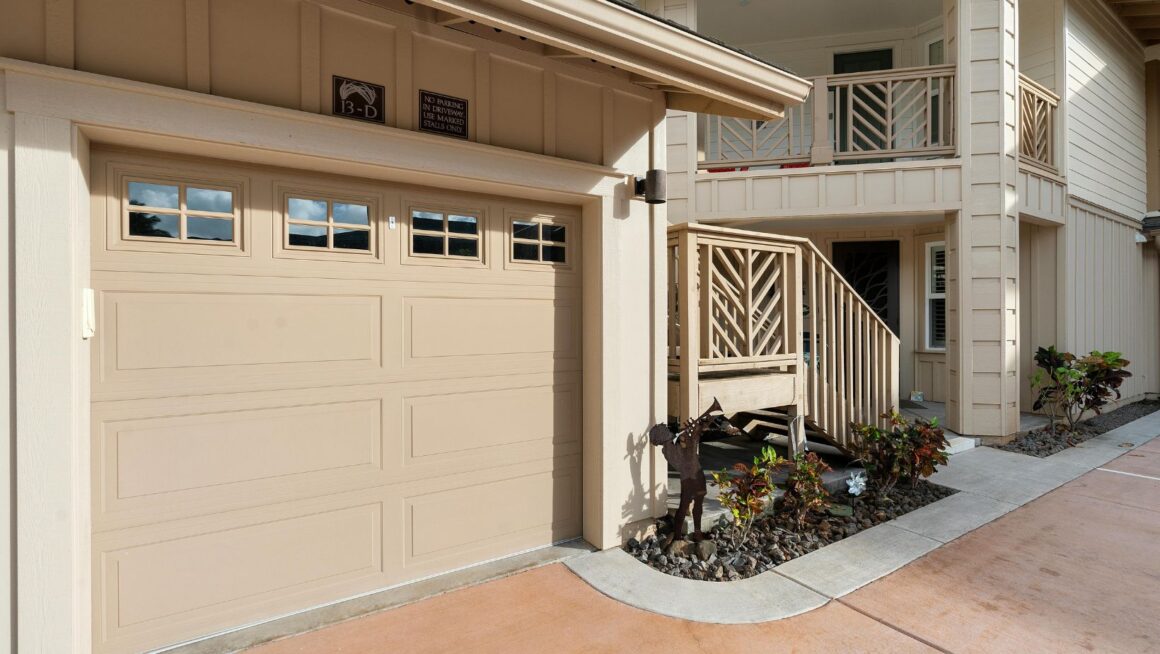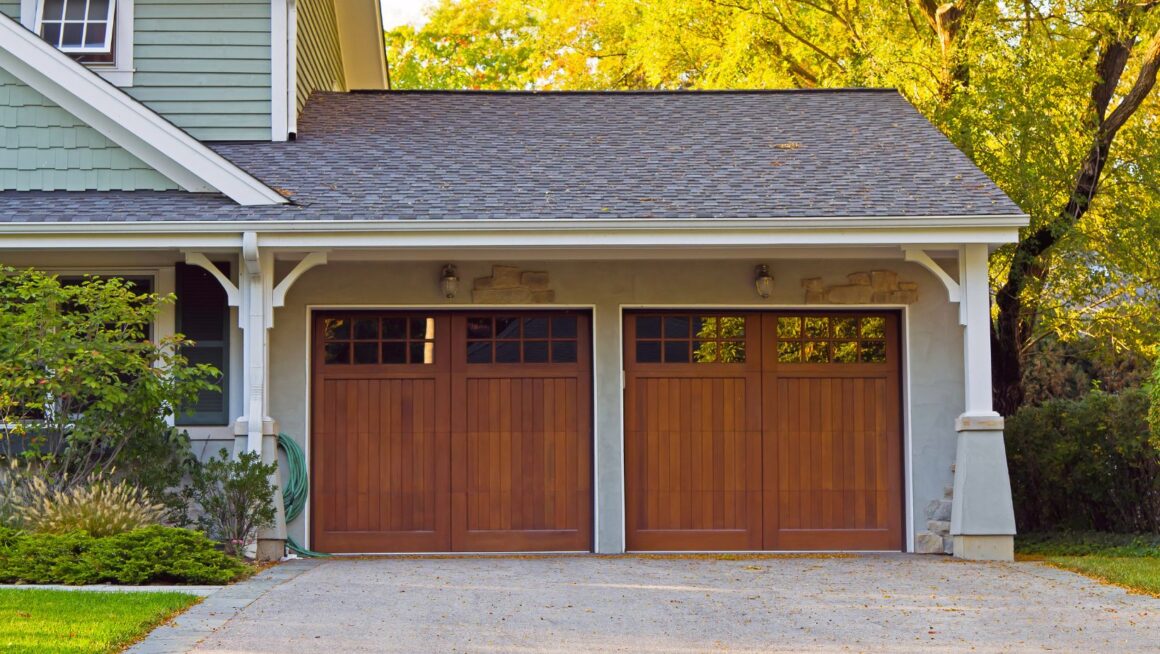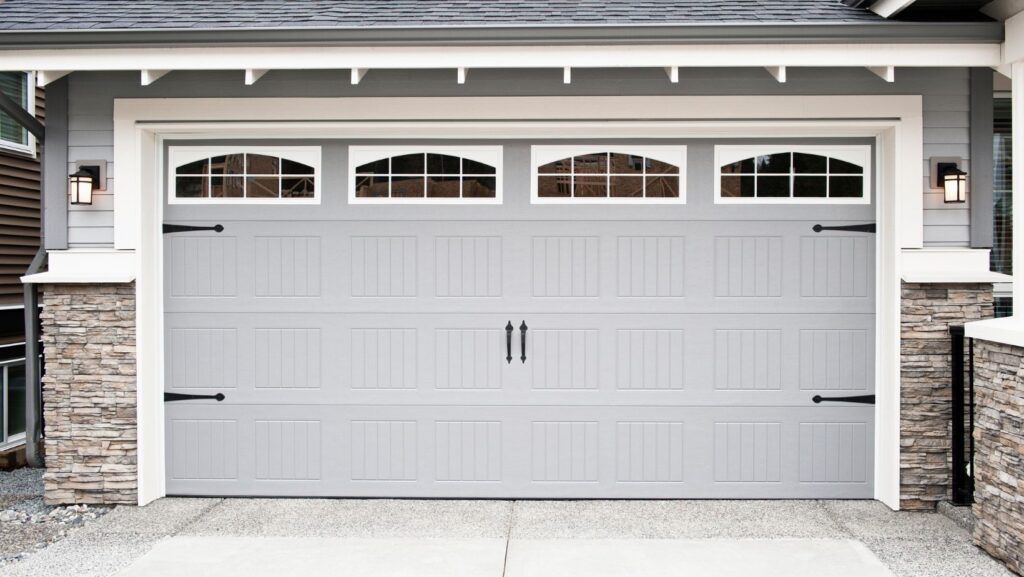A garage door is one of the heaviest moving components in a home, and its reliable operation depends heavily on the tension in its springs. These springs are responsible for counterbalancing the door’s weight, allowing it to open and close smoothly, whether by hand or motor. When garage door springs are not correctly adjusted, it can lead to uneven movement, loud noises, excessive wear on other components, or even dangerous malfunctions. While often overlooked, proper spring adjustment is essential to maintaining the door’s functionality and the safety of everyone who uses it.
Why does the spring balance directly affect movement and wear?
Spring Tension and Door Performance
Garage door springs operate on a principle of tension and release. Torsion springs, located above the door, and extension springs, found along the sides, store mechanical energy as the door opens and closes. If the tension is too high or too low, the door may slam shut or be too heavy to lift. Incorrect tension strains the garage door opener, which must work harder to compensate, leading to potential breakdowns or short motor lifespans. Uneven spring pressure may also cause the door to lift at an angle, scraping against the track or getting stuck midway. This imbalance causes mechanical wear and can pose a safety risk if the door collapses or fails suddenly. Suppose you’ve noticed sluggish or jerky movement. In that case, it may be time to check our garage services in Coquitlam for reliable adjustments that restore safe, consistent motion without stressing other system parts. For those experiencing similar problems in Washington, it’s also worth exploring options for garage door opener repair in Seattle, WA, especially if the motor is struggling against misaligned springs.
Safety Concerns with Improper Spring Adjustment
Safety is one of the most critical reasons for keeping garage door springs properly adjusted. Springs under incorrect tension can break suddenly, often with tremendous force.

A broken spring can snap free and cause injury or damage to property. Even if the spring doesn’t fail outright, the added strain it places on the door can cause it to fall unexpectedly, especially in cases where the auto-reverse sensors malfunction or have been bypassed. This is particularly concerning for households with children or pets. Springs that are too loose may not support the door’s full weight, while springs that are too tight can make the door lift off the ground too quickly, causing damage to panels or hardware. Regular inspection and adjustment help prevent these dangerous outcomes by ensuring that the door remains balanced and behaves predictably during every cycle of use.
Impact on Other Garage Door Components
An improperly balanced garage door doesn’t just affect the springs—it compromises the entire system. The garage door opener is typically designed to lift about ten pounds. When spring tension is off, the opener has to work harder, sometimes lifting the entire door weight. Over time, this leads to worn-out gears, overheated motors, and eventual system failure. Rollers, tracks, and hinges are also affected, as they endure additional friction or uneven pressure caused by lopsided movement. You might notice strange grinding sounds, track misalignment, or parts that loosen more frequently. These symptoms are signs that spring tension is out of balance and beginning to take a toll on the system. Addressing spring adjustments early helps preserve the integrity of the garage door, preventing costly breakdowns and prolonging the life of every part involved.
Signs That Your Springs Need Attention
Understanding the warning signs of spring issues can help prevent bigger problems. One obvious indicator is the door’s behavior. If it opens too quickly, closes too slowly, or won’t stay in place when manually opened halfway, the springs are likely out of adjustment. Another sign is unusual noise. Springs that creak, pop, or groan during use might be under uneven tension or nearing failure. You may also notice a visible gap in a torsion spring, which means it’s no longer coiled tightly. In more serious cases, the garage door may fail to open or crash with a loud bang due to a failed spring. Regular observation, especially after seasonal temperature changes, can help catch these symptoms early. Recognizing these subtle cues allows homeowners to take action before the system deteriorates to require a full replacement.
Maintaining Safe and Smooth Operation Year-Round
Consistent spring adjustment isn’t a one-time job—it’s part of maintaining a high-functioning, safe garage door year after year.

Temperature, humidity, and general wear can all impact spring tension over time. Conducting seasonal checks and scheduling routine maintenance helps detect early shifts in spring performance and allows for small corrections before they escalate into major issues. This preventative approach keeps the garage door running quietly, smoothly, and safely through all kinds of weather. It also reinforces daily convenience—nothing more frustrating than being stuck outside because a garage door refuses to open on a rainy day or late at night. Homeowners who take spring adjustments seriously ultimately protect not just their mechanical investment but also the daily functionality they’ve come to rely on.
Small Adjustments, Major Protection
Garage door springs are critical in ensuring the safe and seamless operation of one of your home’s most-used entrances. When spring tension is off, even slightly, everything from motors to panels is at risk of premature wear or unexpected failure. More importantly, it increases the risk of accidents that injure your family or damage your belongings. Regular adjustment and monitoring ensure your door opens and closes as intended, offering long-term performance and peace of mind. Instead of waiting for a spring to snap or the door to grind to a halt, proactive care keeps things moving the way they should—securely, quietly, and consistently. By staying ahead of spring-related issues, homeowners ensure that their garage doors stay functional and safe through every season and every use.


More Stories
How to Choose Boxing Matches Based on Fighter Styles and Rivalries
How Automated Video Redaction is Revolutionising Police Bodycam Footage Review
How to Integrate Custom Neon Signs into Your Space: A Bright Idea for Every Room